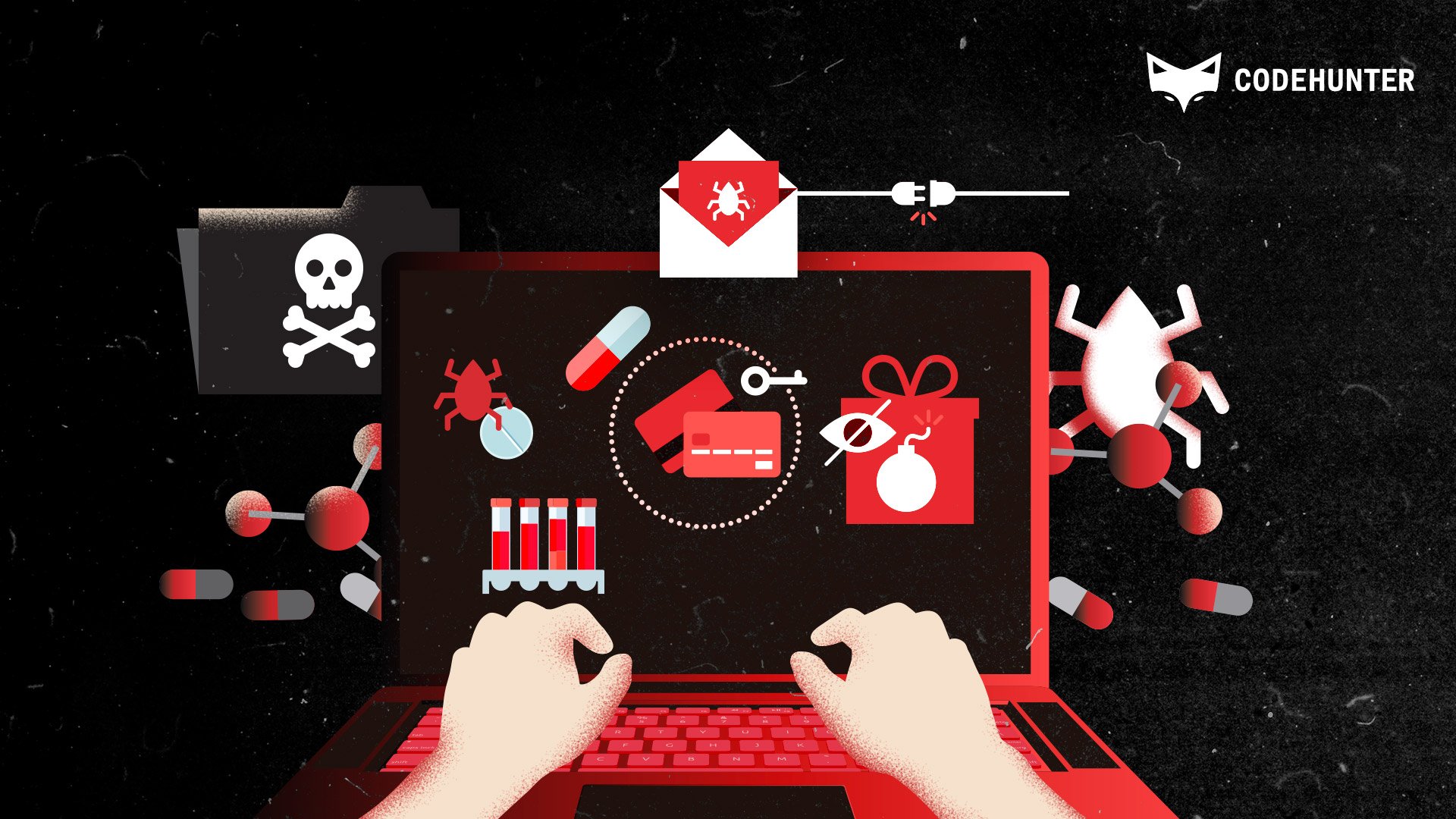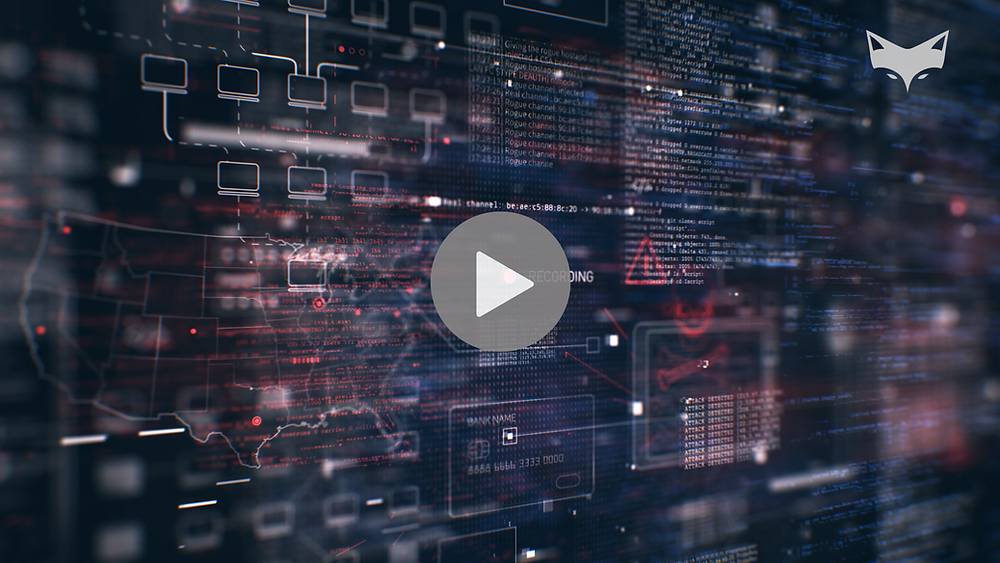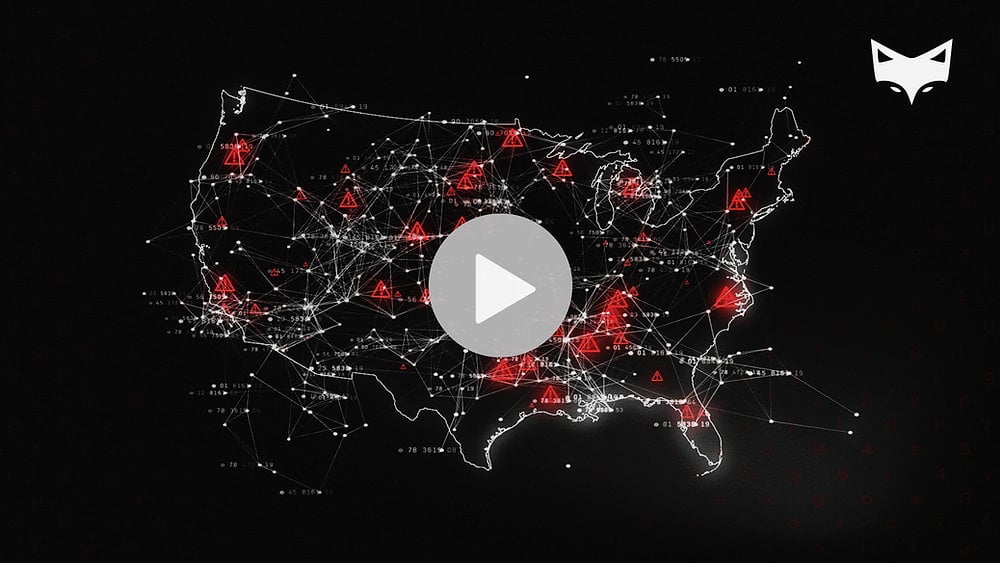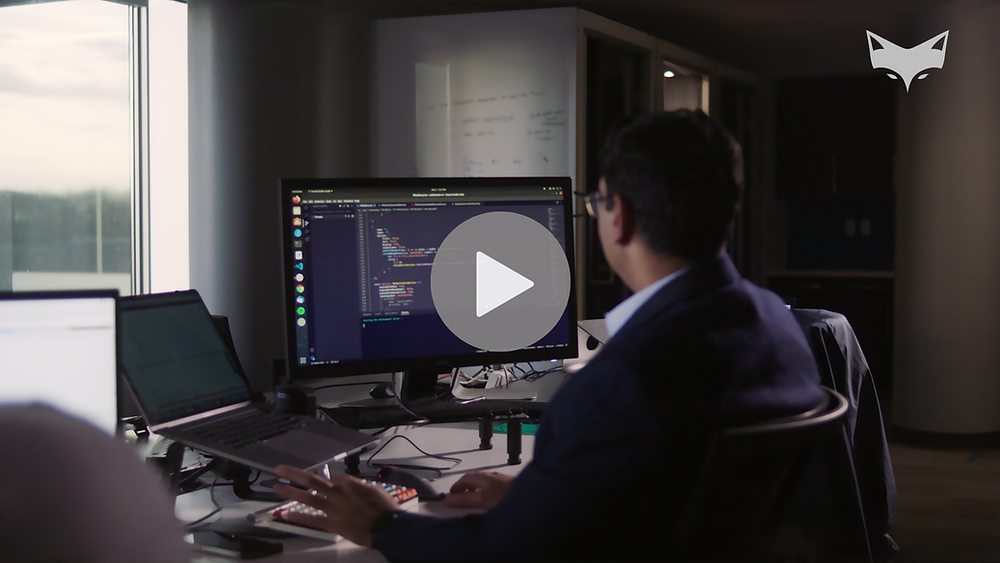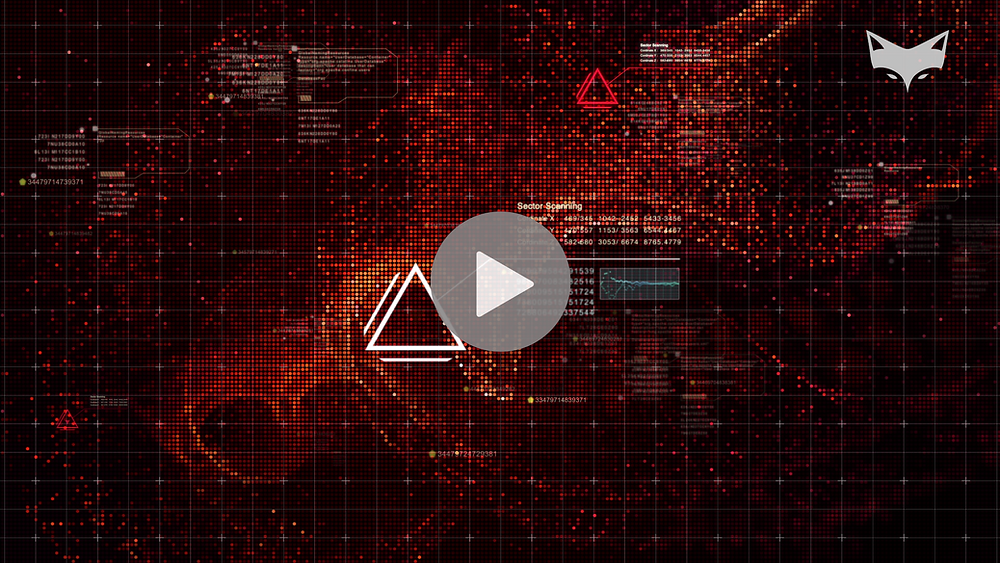In cybersecurity, malware signatures, comprised of specific byte patterns, file attributes, code sequences, and other characteristics, play a crucial role in identifying and flagging malicious software. These signatures enable security tools like Windows Defender, Malwarebytes, and Sophos to spot potential threats within computer files and network data.
Creating malware signatures
Malware signatures are created through the analysis of malware samples. Security researchers collect these samples and use proprietary software to delve into these files' code, behavior, attributes, and characteristics to identify unique patterns that set them apart from legitimate software.
These security researchers compile databases of malware signatures, which are then distributed to antivirus and anti-malware software vendors who incorporate them to update their product databases.
When Norton or other anti-virus software performs a scan, it may identify malware and contain it by comparing its signature with those stored in the signature database. It is important to note that these products may not be able to detect new or unknown threats since they do not have their signatures.
Acquiring malware samples for signature creation
To create malware signatures, researchers require one or more samples. These samples can be sourced from various places, including VirusTotal, MalwareBazaar, and Malpedia. While there isn't a single preferred method for writing these signatures, the process often involves a combination of static and dynamic analysis, which leads to the development of robust and effective signatures.
Tools used for malware signature creation
Each signature creation tool has its own set of strengths and limitations. Choosing multiple devices can be more effective than just using one. YARA, CAPA, and Sigma are the most prominent used in the industry. Note we are not considering tools used for network traffic or propriety tools.
YARA is unquestionably one of the most well-known tools in the field. Its cross-platform compatibility and exceptional file and memory scanning efficiency set it apart. YARA's versatility can be leveraged in several areas of your security stack.
Another up-and-coming tool is CAPA by Mandiant. This tool takes a different approach than YARA and attempts to uncover the sample's capabilities. It seeks to provide users with insights into what it can do.
Sigma is another tool that has gained popularity, and while it isn't typically employed for traditional malware signature creation, it is built around the concept of rules. These rules are expressed using text-based YAML syntax and offer insights into the content of event logs to help analysts describe and understand the events. Sigma excels in linking information from various sources, reinforcing its analytical capabilities.
Moving from Signature-based to Automated Analysis
Cybersecurity has undergone a significant change as the approach to malware creation has shifted from signature-based to automated deep analysis. While effective against known threats, traditional signature-based methods struggle with the rapidly changing malware landscape as they rely on prior threat knowledge. Automated deep analysis is a technique that utilizes static and dynamic (including heuristic) analysis to detect and predict malicious activity. This method is more proactive and efficient in identifying potential security threats. Artificial intelligence further enhances the capabilities of this approach, making it even more effective in preventing security breaches.
Understanding Static and Dynamic Analysis
Yet, challenges persist when creating signatures regardless of the chosen tool. In many cases, signatures are created using only static analysis. Static analysis entails scrutinizing a file without actually executing any of its code. To explain this better, let's use a simple example.
Imagine that you receive a mysterious package in the mail and want to ensure it is safe before opening it. You'll likely start by examining the outside of the box, its weight, size, shape, markings, or any other clues that can help you assess what's in it. That's static analysis – and it's not enough to reveal what's inside the box.
Researchers must employ an alternative form of dynamic analysis to understand how a sample behaves and its actions. This would be the equivalent of opening the box to see what's inside. Without using dynamic analysis, a malware signature will miss important information.
While dynamic analysis is a powerful tool, it may not always suffice for signature creation due to evasive tactics employed by threat actors, such as anti-analysis measures, extensive obfuscation, or packing. As a result, security vendors must continually develop innovative techniques to analyze such samples.
Moving towards a better solution
As malware threats persist in their evolution, wreaking havoc on systems and networks across various industry sectors and governments, it becomes imperative for researchers and analysts to equip themselves with increasingly sophisticated and advanced tools. These tools should facilitate the creation of malware signatures and extend their capabilities far beyond that initial function.
The AI-powered platform CodeHunter excels as a multifaceted tool that consolidates the functions of various tools used in malware analysis, reverse engineering, forensics, security research, threat hunting, and threat intelligence.
CodeHunter serves as a robust code decompiler, offering functions for behavior analysis at the binary level, hash verification, and malware signature checks, among other features. Furthermore, the product's Behavior Specification Units (BSUs) can simplify malware behavior into a more understandable format, suitable for non-experts to grasp. This capability alone replaces all other signature-based detection products in the market today.
With CodeHunter, cybersecurity practitioners no longer have to wait for future technologies. The quintessential malware analysis tool is available precisely when it's most crucial.
CodeHunter is the next-generation malware weapon that can help us regain the upper hand in the ongoing battles that unfold within SOCs on a national and global scale. It's Time.




